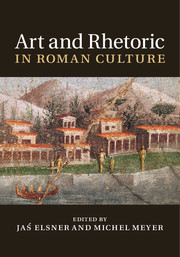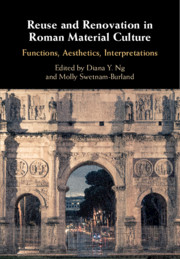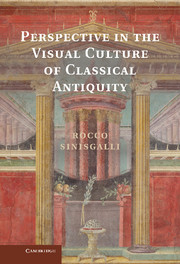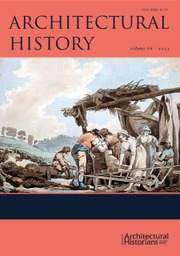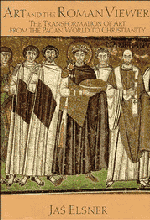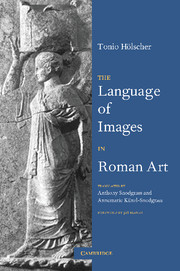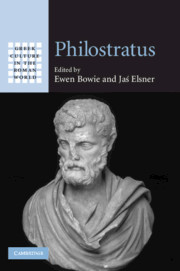Art and Rhetoric in Roman Culture
Rhetoric was fundamental to education and to cultural aspiration in the Greek and Roman worlds. It was one of the key aspects of antiquity that slipped under the line between the ancient world and Christianity erected by the early Church in late antiquity. Ancient rhetorical theory is obsessed with examples and discussions drawn from visual material. This book mines this rich seam of theoretical analysis from within Roman culture to present an internalist model for some aspects of how the Romans understood, made and appreciated their art. The understanding of public monuments like the Arch of Titus or Trajan's Column or of imperial statuary, domestic wall painting, funerary altars and sarcophagi, as well as of intimate items like children's dolls, is greatly enriched by being placed in relevant rhetorical contexts created by the Roman world.
- Proposes a fresh view of Roman art grounded in ancient rhetoric
- Provides a series of new and path-breaking essays by a number of the most important younger scholars in the field
- Extends the understanding of Roman rhetorical theory and its uses of visual exempla
Product details
October 2014Hardback
9781107000711
524 pages
253 × 178 × 30 mm
1.2kg
129 b/w illus.
Available
Table of Contents
- Preface Michel Meyer
- Introduction Jaś Elsner
- Part I. Architecture and Public Space:
- 1. On the sublime in architecture Edmund Thomas
- 2. Sublime histories, exceptional viewers: Trajan's Column and its visibility Francesco de Angelis
- 3. Corpore enormi: the rhetoric of physical appearance in Suetonius and imperial portrait statuary Jennifer Trimble
- 4. Beauty and the Roman female portrait Eve D'Ambra
- Part II. The Domestic Realm:
- 5. The Casa del Menandro in Pompeii: rhetoric and the topology of Roman wall-painting Katharina Lorenz
- 6. Agamemnon's grief: on the limits of expression in Roman rhetoric and painting Verity Platt
- Part III. The Funerary:
- 7. Rhetoric and art in third-century AD Rome Barbara Borg
- 8. Poems in stone: reading mythological sarcophagi through Statius' Consolations Zahra Newby
- 9. The funerary altar of Pedana and the rhetoric of unreachability Caroline Vout
- 10. Rational, passionate and appetitive: the psychology of rhetoric and the transformation of visual culture from non-Christian to Christian sarcophagi in the Roman world Jaś Elsner
- Part IV. Rhetoric and the Visual:
- 11. The ordo of rhetoric and the rhetoric of order Michael Squire
- Coda: the rhetoric of Roman painting within the history of culture: a global interpretation Michel Meyer.

